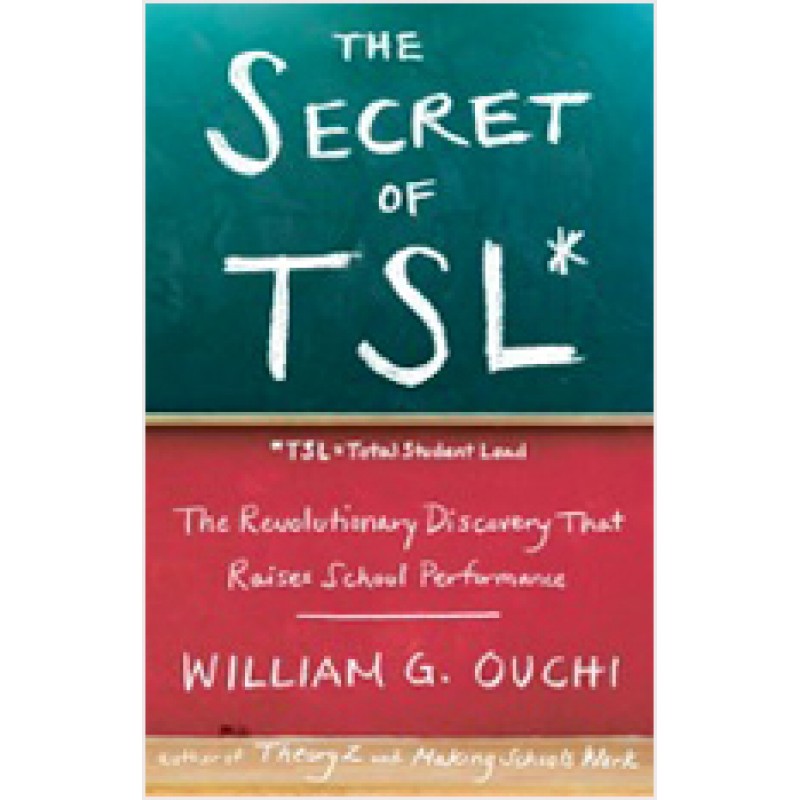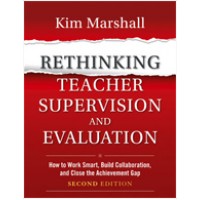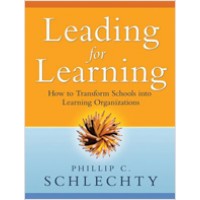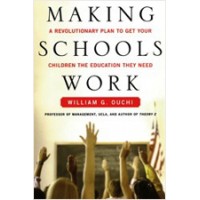The Secret of TSL: The Revolutionary Discovery That Raises School Performance, Mar/2013
| Author(s) | William G. Ouchi |
| ISBN10 | 1439121591 |
| ISBN13 | 9781439121597 |
| Format | Paperback |
| Pages | 336 |
| Year Publish | 2013 March |
Synopsis
A REVOLUTIONARY ORGANIZATIONAL REFORM IS SWEEPING URBAN SCHOOL SYSTEMS ACROSS THE COUNTRY AND RAISING STUDENT PERFORMANCE DRAMATICALLY. HERE IS THE STORY BEHIND THIS REVOLUTION IN EDUCATION.
In his previous book, Making Schools Work, William G. Ouchi reported on school decentralization, aided by a grant from the National Science Foundation. He found that when principals were given autonomy over their schools, the performance of those schools improved measurably. Picking up where that book left off, The Secret of TSL explains what it is that autonomous principals do to improve their schools. Drawing on the author's study of 442 schools in eight urban school districts, The Secret of TSL demonstrates that there is a direct correlation between how much control a principal has over his or her budget and how much that school's student performance rises. School organization reform lone produces a more potent improvement in student performance than any other single factor.
When principals control their budgets, they tailor their expenses to fit their schools, and they invariably hire more teachers. With fewer students to teach, teachers are able to develop a stronger and more personal relationship with their students. TSL, or Total Student Load -- that is, the number of papers a teacher must grade and the number of students he or she must get to know each term -- declines, and student performance, as measured by federally mandated tests, improves, often substantially. TSL is the key to improved student performance.
The school districts that Ouchi studied for this book include Boston, New York, Chicago, St. Paul, Houston, San Francisco, Oakland, and Seattle. The Secret of TSL analyzes school performance in each of these cities and shows why the districts that wholeheartedly embraced organizational reform have outperformed those that took more tentative steps.
This is a book that every school board member, every principal, and every parent leader must read.





